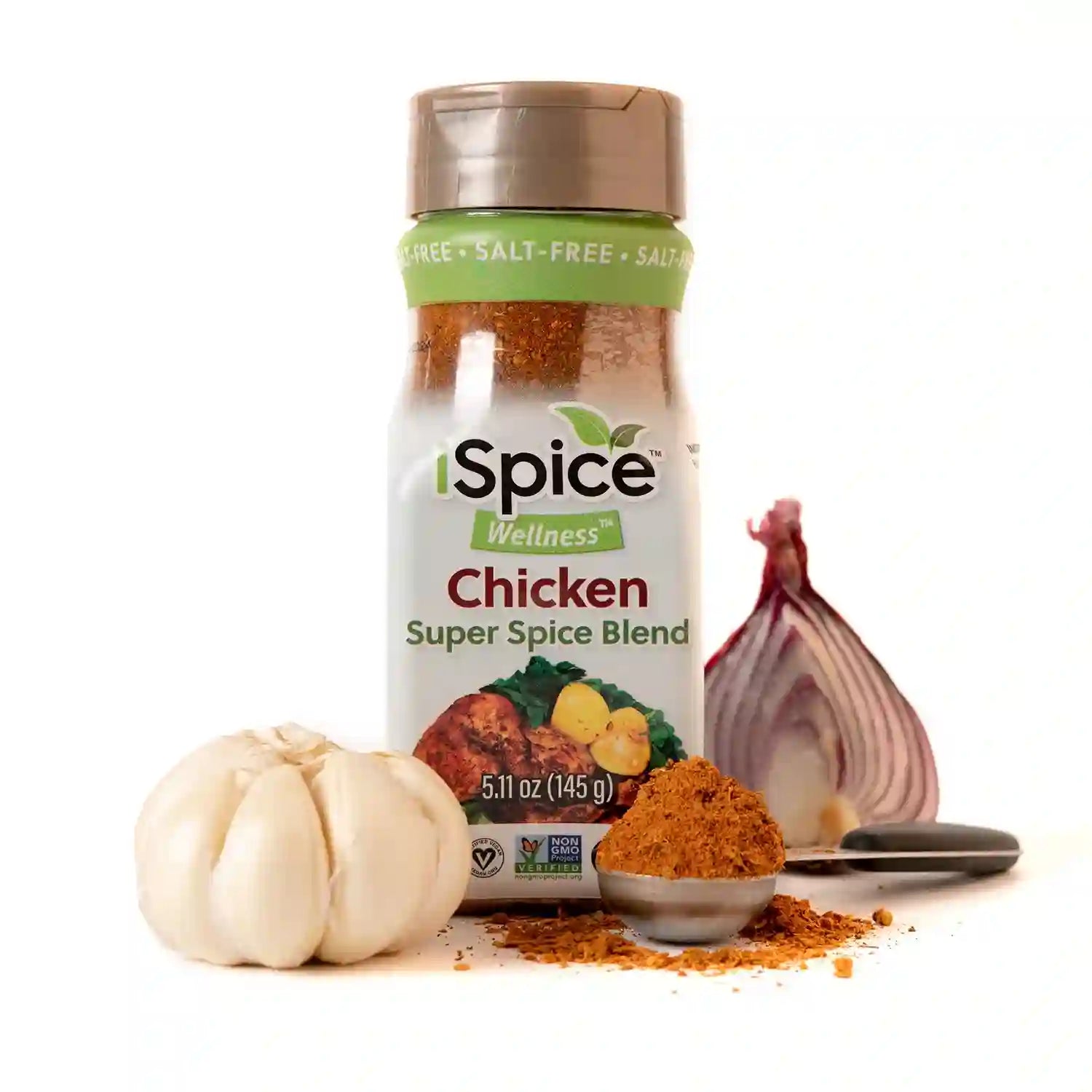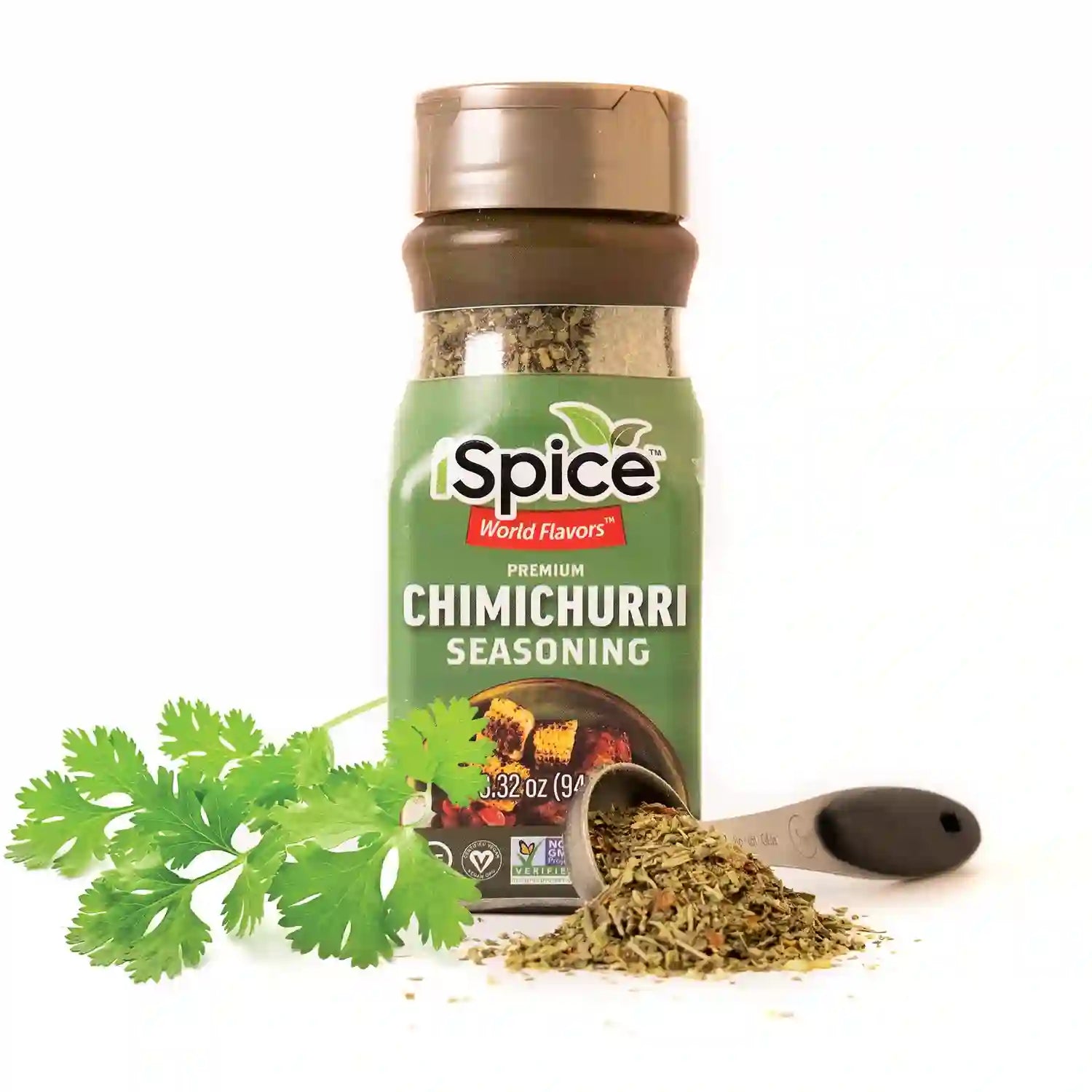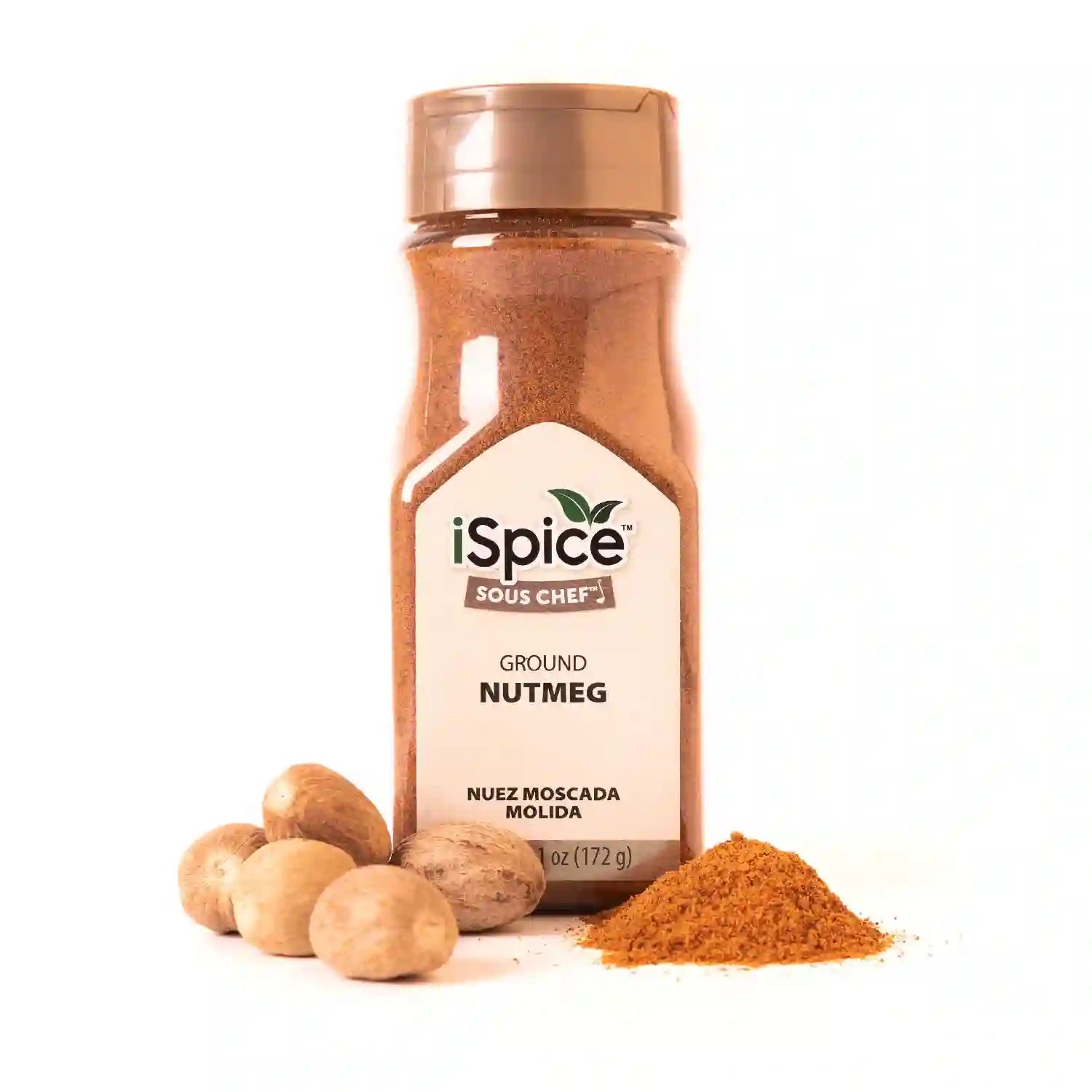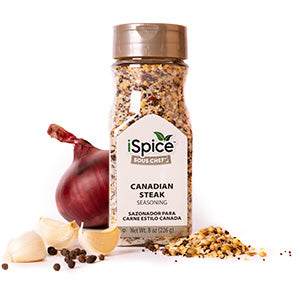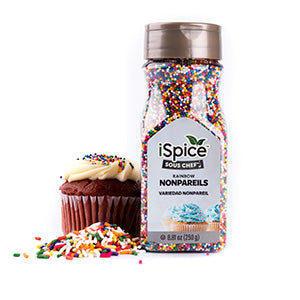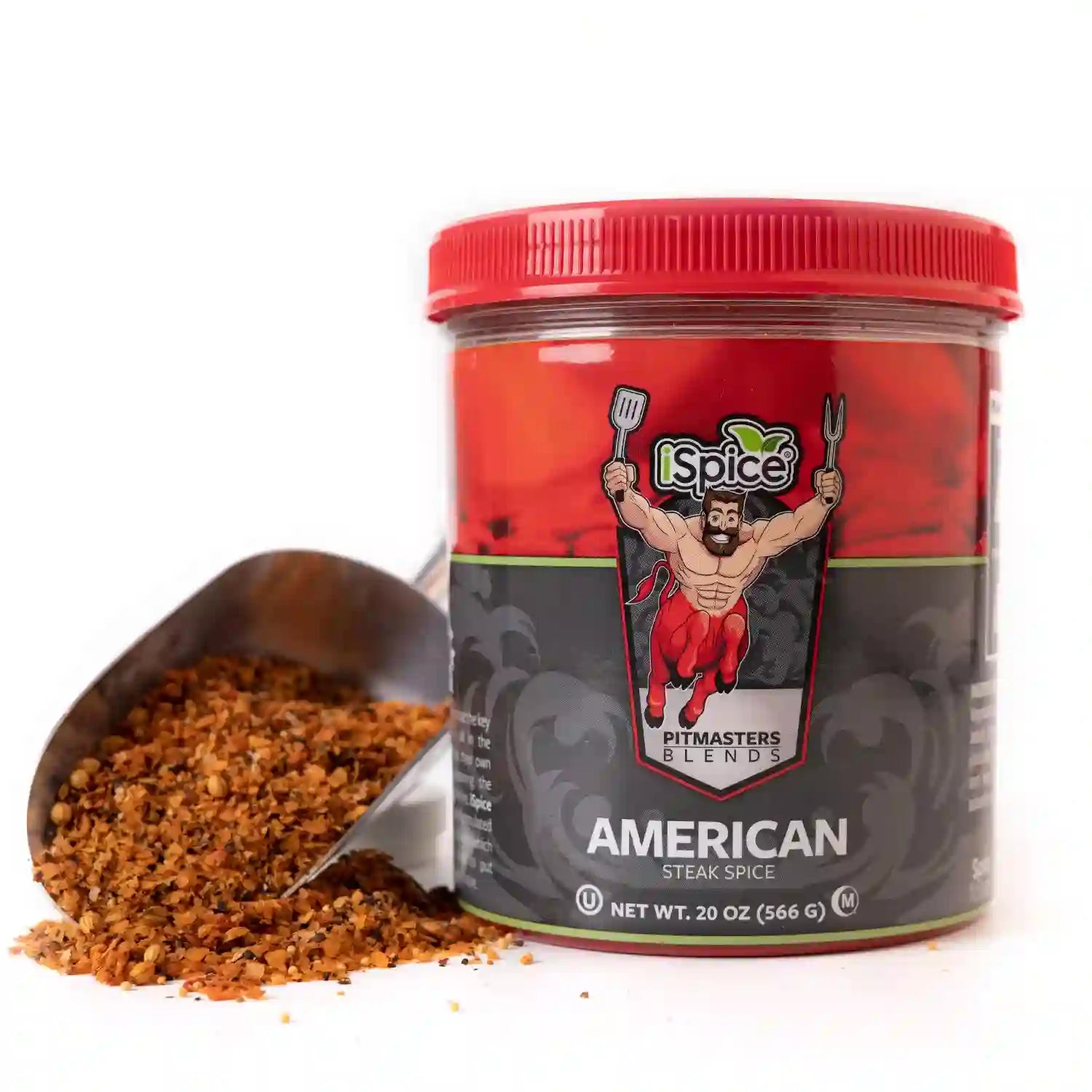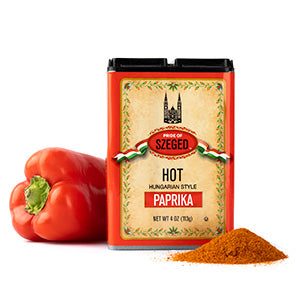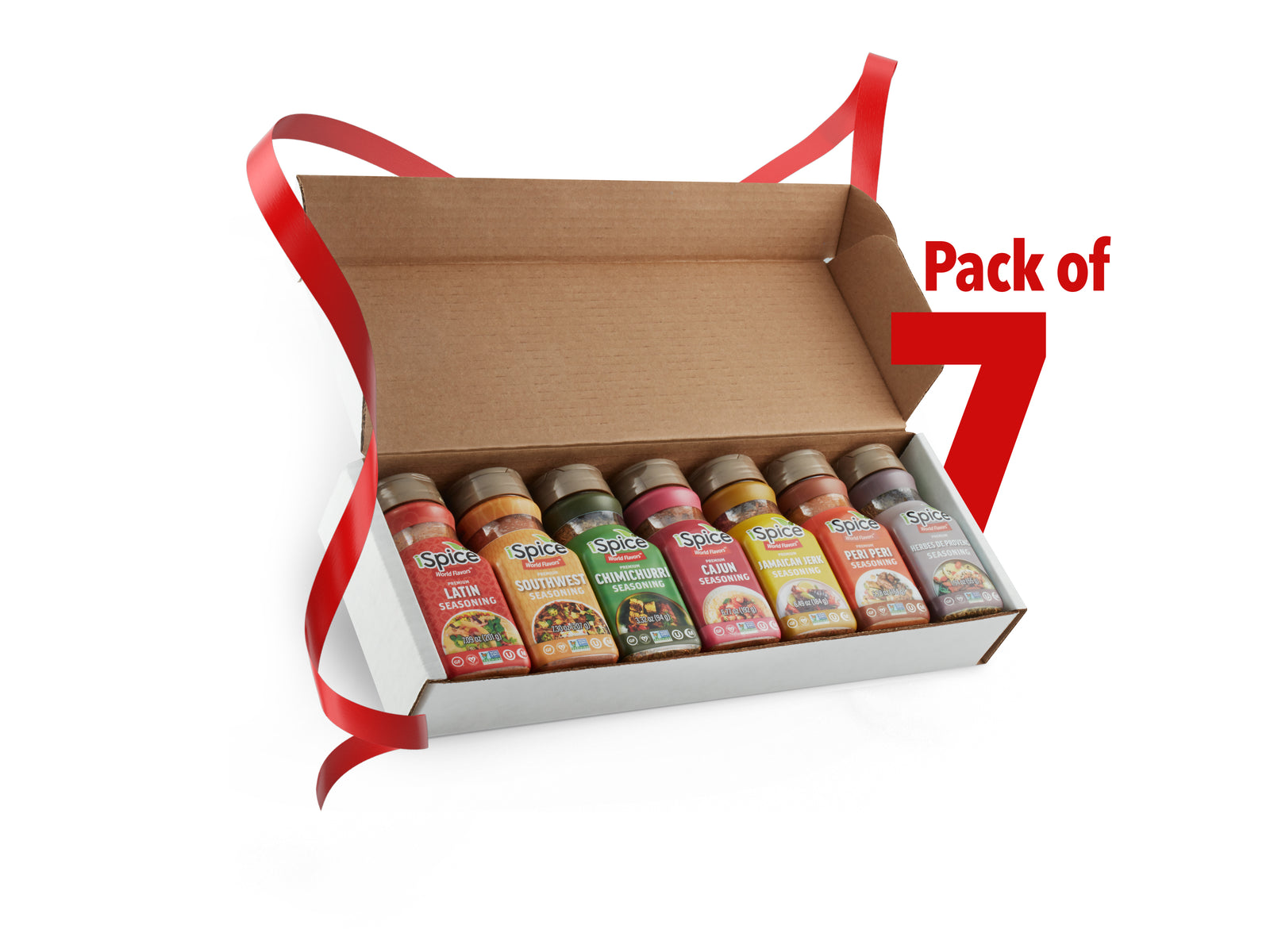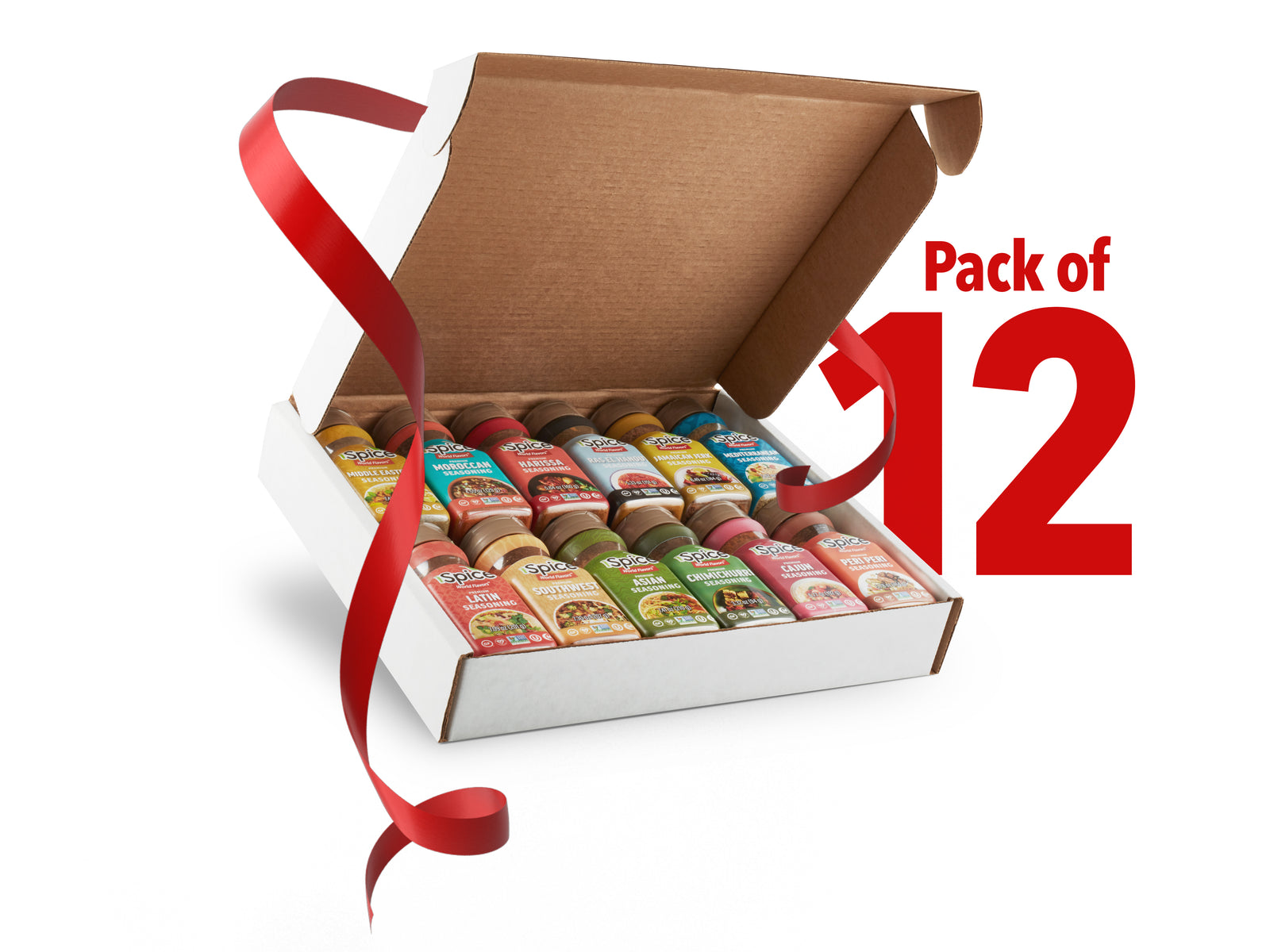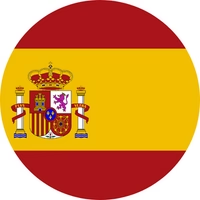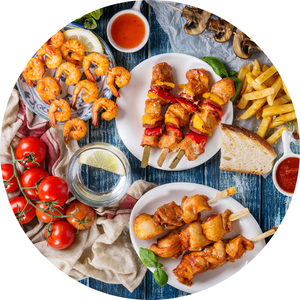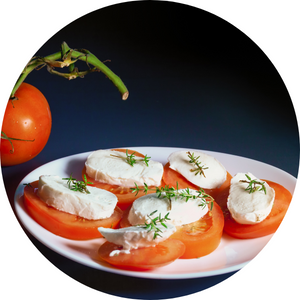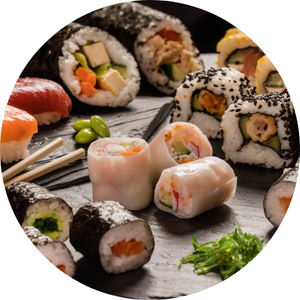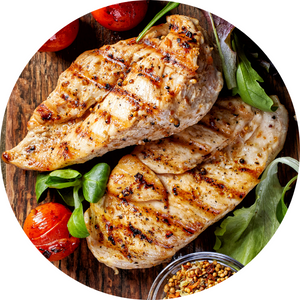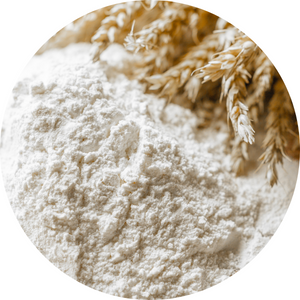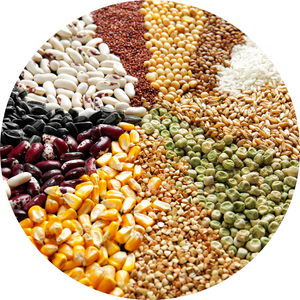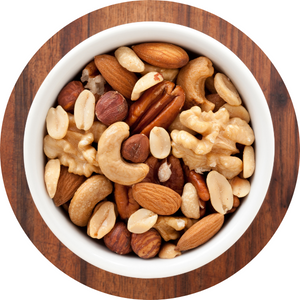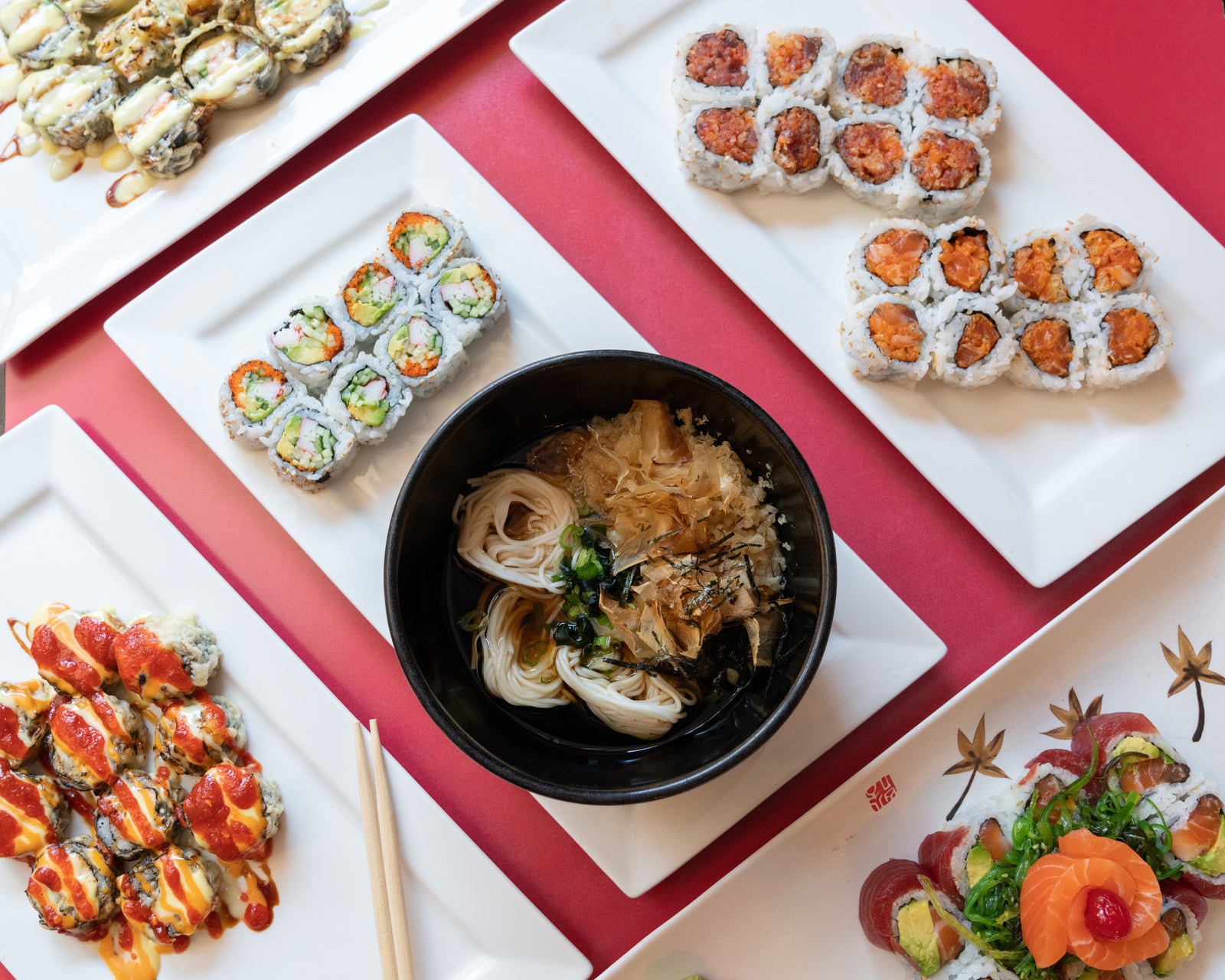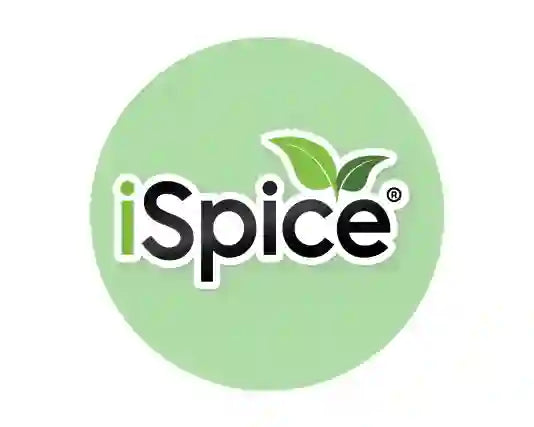
Ras el Hanout, often called the “king of Moroccan spices,” is a complex and aromatic blend that captures the warmth, color, and soul of North African cuisine. Its name translates to “head of the shop,” meaning it represents the very best spices a merchant has to offer.
With layers of floral, earthy, and slightly sweet notes, Ras el Hanout adds instant depth to both traditional Moroccan dishes and creative modern recipes. It’s not just a seasoning—it’s an experience of aroma and balance.
The Origins of Ras el Hanout
This celebrated blend originated in Morocco, Algeria, and Tunisia, where spice merchants would craft custom mixes for their customers. No two blends are identical; each reflects regional tastes and family traditions.
Historically, Ras el Hanout symbolized culinary craftsmanship—a merchant’s pride in creating a mix of up to 30 or more spices that harmonized perfectly.
Typical Ingredients in Ras el Hanout
While every vendor’s recipe is unique, most versions include a combination of:
-
Coriander – for citrusy brightness
-
Cumin – for warmth and depth
-
Cinnamon – adds gentle sweetness
-
Cardamom – brings floral aroma
-
Clove and Nutmeg – for spiced richness
-
Paprika – gives mild heat and color
-
Turmeric – adds earthiness and golden hue
-
Black Pepper and Ginger – for balanced spice
-
Dried Rose Petals or Lavender – in some blends, for subtle perfume
This blend strikes a balance between spicy, sweet, and aromatic, creating an unmistakable North African signature.
The Flavor Profile
Ras el Hanout is not fiery like chili blends; instead, it’s warm, fragrant, and complex.
-
Aroma: Floral and exotic
-
Taste: Earthy with a hint of sweetness
-
Heat Level: Mild to moderate
-
Texture: Fine, aromatic powder perfect for rubs or stews
Its depth comes from layering—each spice adds its own tone, like instruments in a symphony.
Traditional Uses in North African Cuisine
1. Tagines
Slow-cooked stews of meat, vegetables, or chickpeas often rely on Ras el Hanout for their signature golden color and fragrant sauce.
2. Couscous
A sprinkle over steamed couscous brings out nutty flavor and aroma, turning a simple grain into a main course.
3. Roasted Meats
Used as a dry rub for lamb, chicken, or beef, the blend caramelizes beautifully when grilled or oven-roasted.
4. Vegetable Dishes
It transforms carrots, eggplants, and sweet potatoes into rich, spiced sides full of North African character.
5. Soups and Lentil Stews
A teaspoon in lentil or chickpea soup adds warmth and depth without overpowering the dish.
Bringing Ras el Hanout into Everyday Cooking
You don’t need a tagine to enjoy this blend. Ras el Hanout’s versatility makes it ideal for modern kitchens.
-
Mix into rice or quinoa for aromatic grain bowls.
-
Add to marinades for tofu, tempeh, or seafood.
-
Stir into salad dressings with olive oil and lemon for exotic flair.
-
Blend with yogurt or honey for quick sauces and glazes.
-
Sprinkle on roasted nuts or popcorn for a gourmet snack twist.
Its rich complexity can elevate even the simplest weekday meals.
Cooking Tips for Best Results
-
Bloom the spices: Warm them gently in oil or butter to release aroma.
-
Pair with acidity: Lemon juice, tomato, or vinegar brighten its warmth.
-
Use moderation: Start with a small amount—its flavor builds gradually.
-
Complement with herbs: Parsley, cilantro, and mint balance its richness.
Frequently Asked Questions About Ras el Hanout
1. What does Ras el Hanout mean?
It means “head of the shop”—the top blend a spice merchant offers, showcasing their best ingredients.
2. Is Ras el Hanout spicy?
It’s mildly spiced, focusing more on aroma and warmth than strong heat.
3. Can I use Ras el Hanout in non-Moroccan recipes?
Yes! It pairs beautifully with roasted vegetables, grains, soups, and even baked goods.
4. What is the difference between Ras el Hanout and curry powder?
Ras el Hanout has floral, sweet, and earthy tones with North African influences, while curry powder leans more toward Indian spice profiles.
5. How much should I use?
Start with ½ teaspoon per serving, adjusting to taste as its flavor is concentrated.
6. How should I store Ras el Hanout?
Keep in an airtight container, away from heat and light, to preserve fragrance and color for up to six months.
Final Thoughts
Ras el Hanout embodies the essence of North African cuisine—complex yet balanced, fragrant yet approachable. Whether used in a traditional tagine or a quick weekday stir-fry, it infuses dishes with warmth and depth that transcend borders. Experimenting with this legendary blend allows you to bring the vibrant, spice-filled markets of Morocco and Tunisia straight to your kitchen—one aromatic spoonful at a time.

